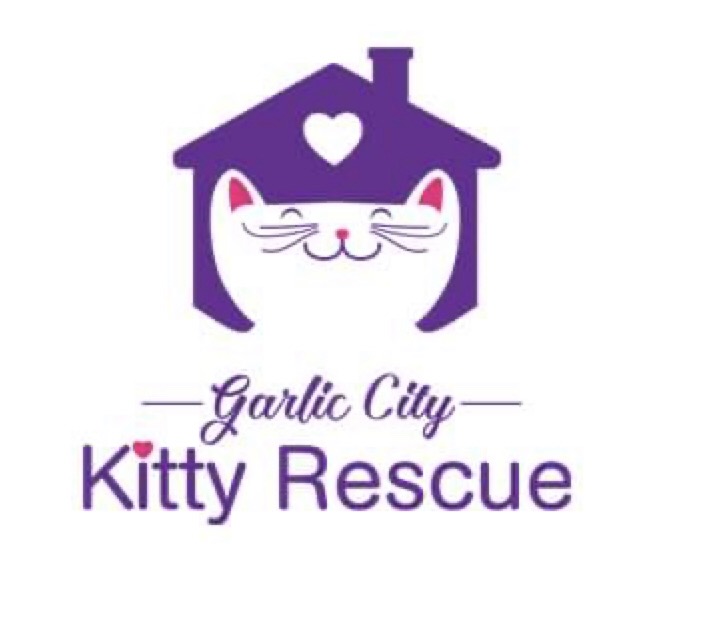Understanding the Risks of Scruffing Your Cat: Insights from Latest Research
- Garlic City Kitty Rescue

- Apr 6, 2024
- 2 min read
Updated: Apr 7, 2024
At Garlic City Kitty Rescue, we're always looking for ways to better understand and care for our feline friends. One commonly discussed topic among cat owners and animal caregivers is the practice of scruffing. While it might seem like a natural and effective way to handle a cat, recent research suggests that scruffing may not be as benign as once thought.
What is Scruffing?
Scruffing is a method where a cat is held by the loose skin at the back of its neck, known as the scruff. This practice is often thought to mimic how mother cats carry their kittens. It's been used for various reasons, such as immobilizing the cat for medication administration or during vet visits.
Changing Perspectives on Scruffing
In the past, scruffing was considered a safe and standard way to handle cats, especially in situations where control was needed. However, the latest research in feline behavior and welfare has shed new light on this practice.
Here’s why reconsidering scruffing is crucial:
1. Stress and Fear Responses
Recent studies indicate that scruffing can induce stress and fear in cats. Cats are sentient beings with complex emotions, and being scruffed can be a frightening experience for them. This heightened state of fear can lead to defensive aggression or long-term behavioral changes.

2. Physical Discomfort
Although kittens are carried by their mothers by the scruff, this is not necessarily comfortable or pain-free for adult cats. As cats grow, the scruff becomes less supportive of their body weight, making the practice potentially painful or harmful, especially for older or overweight cats.
3. Altered Human-Cat Bond
Frequent scruffing can adversely affect the bond between cats and their human caregivers. Trust is an integral part of this relationship, and scruffing might erode this trust, making cats more aloof or anxious around humans.
4. Misconceptions About Behavioral Control
Some believe scruffing to be an effective way to control or discipline cats. However, this is a misconception. Punitive measures like scruffing can lead to more behavioral issues rather than resolving them.
Alternative Handling Techniques
Acknowledging these findings, it's essential to explore alternative methods that are gentler and more respectful of the cat's well-being:
Positive Reinforcement: Using treats or affection to encourage cooperative behavior.
Towel Wrapping: A method to gently restrain a cat using a towel, reducing stress during grooming or medical procedures.
Patient Training: Gradually getting your cat accustomed to handling, touch, and routine procedures.
At Garlic City Kitty Rescue, we advocate for the humane treatment and understanding of our feline companions. While scruffing might have been a common practice, evolving research and understanding of cat behavior encourage us to seek better, more compassionate ways of handling and caring for cats.
By adopting these gentler methods, we can ensure that our interactions with our beloved pets are as positive and stress-free as possible.Remember, every cat is unique, and what works for one may not work for another.
It’s always important to consult with a veterinarian or a feline behaviorist for advice tailored to your specific furry friend. Let's commit to learning and growing in our journey of providing the best care for our cats. Scruffing should only be used as a last resort if all other options fail.
And don't forget we have over 28 wonderful cats looking for their furr-ever homes!




Comments